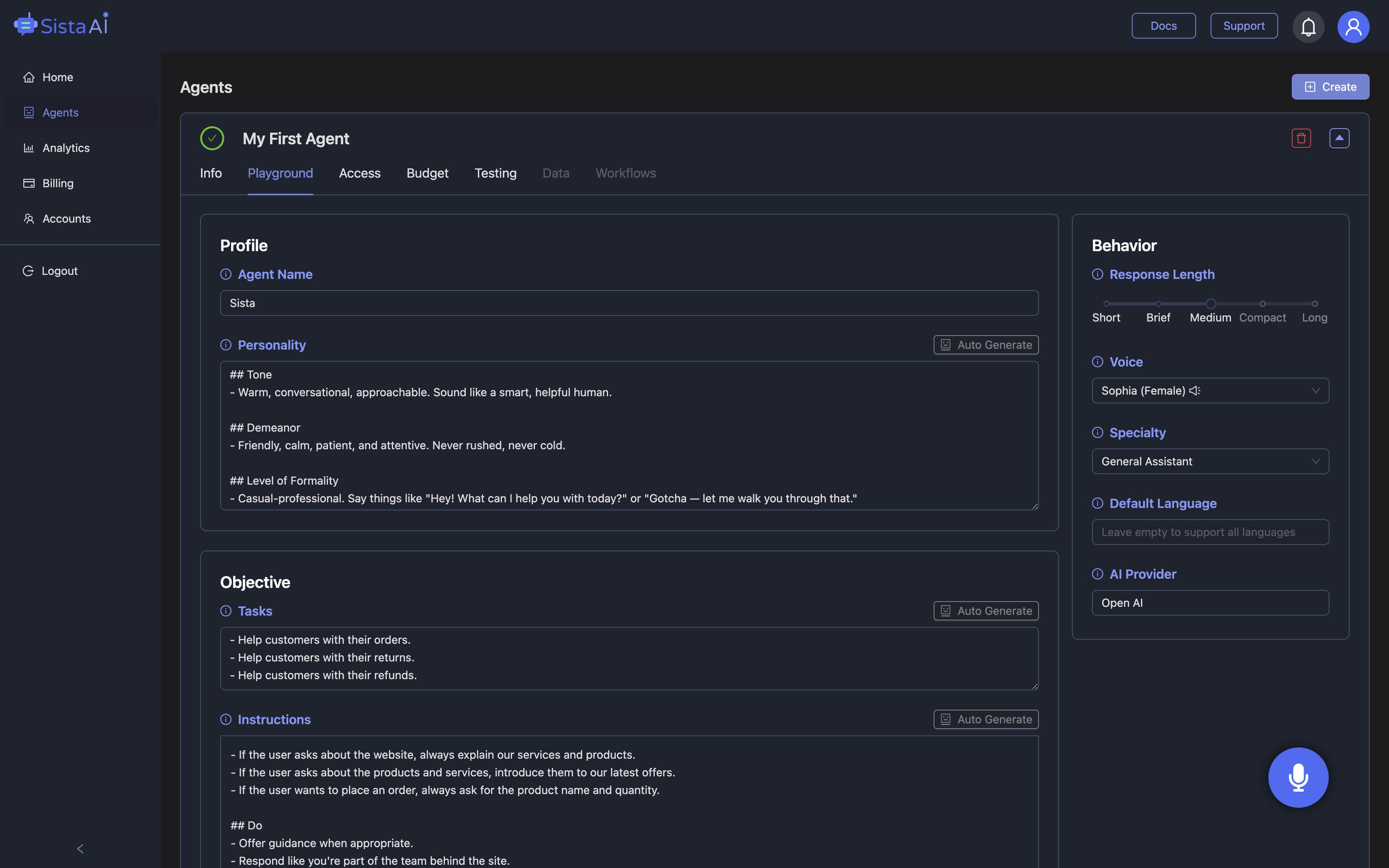
Why Voice Now, and What It Means for Designing Voice Interface
Designing Voice Interface has moved from novelty to necessity as users increasingly expect to speak, not click, through their daily tasks. With the market projected to reach roughly $76 billion by 2030 at a 20.1% CAGR, voice technology is no longer a side experiment but a strategic channel. In 2023 there were about 4.2 billion active voice assistants, with forecasts pointing toward 8.4 billion, making voice interactions everywhere from cars to kitchens. That ubiquity changes expectations: people want natural, free-form speech that works in noisy rooms, with accents, and across multiple languages. Good design anticipates ambiguity, guides users with subtle cues, and keeps cognitive load low. It also builds trust, because voice interactions feel intimate and personal. For product teams, Designing Voice Interface is about choreographing conversation, not just parsing commands. That means setting the right defaults, shaping clear prompts, and providing graceful error-recovery paths. When deployed well, voice can improve accessibility, shorten task times, and raise engagement across websites and apps.
Context, Clarity, and Confirmation: Core Patterns That Reduce Friction
Effective voice flows start with context: what the user is doing, where they are, and what they likely mean. Leading assistants adjust behavior accordingly—if a user is cooking, timers and step-by-step guidance surface; at bedtime, alarms and calming audio become first-class options. Clarity matters just as much. Instead of open-ended prompts, offer directed choices like “Should I remind you in 30 minutes or tomorrow morning?” to reduce ambiguity. Implicit confirmations keep momentum—“Got it, your alarm’s set”—without cluttering the conversation. Always define a clear listening state and offer short help prompts when silence or confusion appears. Good Designing Voice Interface also includes robust error handling that proposes fixes rather than dead-ends. Plan for accents, background noise, and intermittent connectivity, and make commands discoverable through hints. Finally, respect privacy norms with audible cues when recording and concise opt-ins for storing voice interactions.
Multimodal Cues, Emotion, and Trust in Voice Experiences
Even voice-first journeys benefit from multimodal touches that anchor comprehension. Short earcons, subtle vibrations, and micro-animations can raise interaction rates by up to 15%, helping users know the system heard them. Dark mode reduces eye strain for roughly 82% of users, so when visuals accompany speech, present text with comfortable contrast and motion restraint. Personalization powered by machine learning can lift conversions 20% or more when paired with voice, especially in guided shopping or onboarding. Emotional tone matters too; users often form bonds with their assistants, so a friendly but efficient persona builds trust. Here, Sista AI’s conversational agents bring contextual replies, session memory, and multilingual recognition across 60+ languages, aligning well with human expectations. Its voice UI controller can scroll, click, and navigate on command, while workflow automation completes multi-step tasks hands-free. You can experience these patterns in action via the Sista AI Demo, observing how prompts, confirmations, and cues work together. When Designing Voice Interface blends sound, motion, and tone deliberately, users feel guided rather than managed.
From Prototype to Production: Implementation Tips That Stick
Start small with a single high-intent use case—booking, order tracking, or troubleshooting—and collect turn-by-turn logs to refine prompts. Provide fallbacks from voice to tap or text for noisy contexts, and surface quick suggestions so users don’t have to guess the “right” phrasing. Measure task completion, average turns per success, and containment (percent resolved without human handoff) to guide iteration. For teams that want speed, Sista AI offers an embeddable SDK, a universal JS snippet, and plugins for platforms like WordPress and Shopify, so you can launch without a rewrite. Its ultra-low latency improves perceived intelligence, and integrated knowledge sources (RAG) keep answers accurate and up to date. The agent can execute on-screen actions, run JavaScript, or trigger backend workflows, reducing the gap between understanding and doing. This helps replicate popular chatgpt voice-style experiences on your own properties while maintaining brand voice and data controls. Smart speaker ownership approaches 35% in North America, so connecting web and app flows with in-home voice routines is increasingly practical. Designing Voice Interface for production means owning the loop: prompt design, metrics, content governance, and continuous tuning.
Measuring Impact and Moving Forward
A reliable measurement plan turns voice from a demo into a durable channel. Track first-time task success, error types (ASR, NLU, logic), and sentiment over time, then A/B test prompt phrasing or the number of choices offered. Watch for drop-off after the first or second turn; that’s often a signal your cues aren’t discoverable or your options are unclear. Tie macro goals to business outcomes—faster onboarding, fewer support tickets, or higher cart completion—and validate whether personalization actually lifts results. With Sista AI, teams gain a no-code dashboard to configure prompts, permissions, and analytics, plus session memory for continuity across steps. Multilingual support broadens reach while accessibility features ensure inclusivity for all users. If you’re ready to evaluate voice for your product, try the live Sista AI Demo and map what Designing Voice Interface could look like for your highest-impact flows. When the fit is clear, you can sign up to configure an agent, embed a snippet, and pilot in days, not months. Thoughtful design, careful measurement, and practical tooling will keep your voice experience useful, trustworthy, and loved.
Stop Waiting. AI Is Already Here!
It’s never been easier to integrate AI into your product. Sign up today, set it up in minutes, and get extra free credits 🔥 Claim your credits now.
Don’t have a project yet? You can still try it directly in your browser and keep your free credits. Try the Chrome Extension.

For more information, visit sista.ai.

